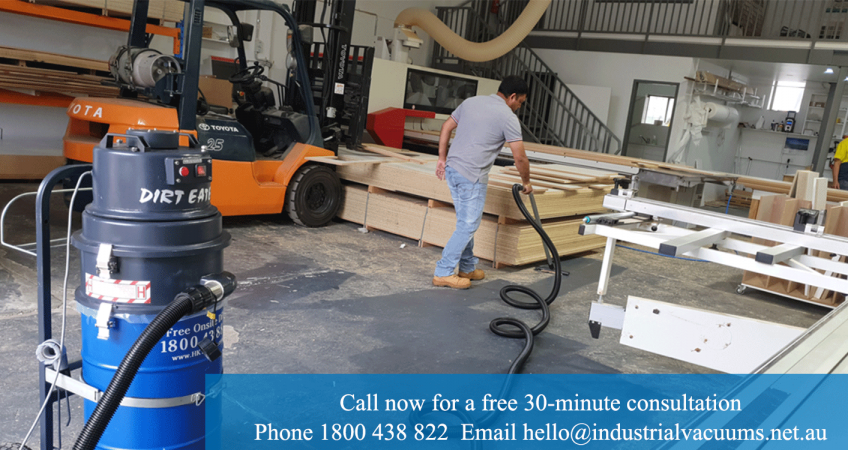Before we get to the top vacuums with HEPA filters, it’s important to understand what a HEPA filter does. As we’ve mentioned, the HEPA filter’s job is to force air through a mesh of fiberglass. Dust, mould spores, pet dander and other microscopic particles are caught in this mesh and can’t escape.
Some of the benefits of a HEPA filter include:
- Helps reduce the chance of asthma flare-ups. HEPA filters remove smoke and dust from the air, which is important for people with asthma.
- Helps reduce the chance of allergic reactions. By removing pollen, dust and other allergens from the air, allergic reactions are less likely. This is why a HEPA model is sometimes called an allergy vacuum cleaner.
- Improved air quality. Even if you don’t have an allergy or asthma, a HEPA filter reduces contamination in vacuum exhaust air.
It’s worth noting that you can often buy HEPA filters for vacuums that don’t come with one as standard. This may be the cheaper option – but it’s important to choose a filter that does the job properly. You can get a good idea of the quality by looking at test results, factors such as Minimum Efficiency Reporting Value and how buyers have rated the model.
Another thing to remember is that some manufacturers are moving away from HEPA filters in favour of other filtration systems.
Hireavac, for example, is being built with a cylinder system that uses centrifugal forces to remove allergens. For this reason, you may need to buy an older model if you want to get a HEPA filter (although there are still plenty of excellent options).
The rest of this article contains, in our opinion, four of the best HEPA filter vacuum cleaners on the market at the moment (these models all come with a HEPA filter as standard). Each provides excellent value for money and has received high ratings from buyers – but if you feel we’ve missed a great model, let us know in the comments. Let’s get started!
How to Choose a HEPA Filter Vacuum?
When you’re in the market for a vacuum with a HEPA filter, the choices can feel daunting. But with some research and knowing what factors to prioritize, you can simplify the process. Here’s what to keep in mind:
- Rating: Pay attention to the filter’s rating. HEPA filters are graded based on their efficiency in capturing particles of a certain size. Look for filters with a higher rating for better performance.
- Manufacturer’s Recommendations: Follow the manufacturer’s guidelines. Different vacuums may have specific filter requirements for optimal performance. Adhering to these recommendations can ensure the longevity and effectiveness of your vacuum.
- Price: Consider your budget. HEPA filters can vary in price, so weigh the cost against the features and performance you desire. Remember that investing in a quality filter can lead to better air quality and cleaner surfaces in your home.
- Overall Effectiveness: Evaluate the filter’s overall effectiveness. Beyond its rating, consider factors like durability, ease of maintenance, and compatibility with your vacuum model. A filter that effectively traps allergens and pollutants while lasting a long time will provide the best value for your investment.
By taking these factors into account, you can confidently choose a HEPA filter that meets your needs and ensures cleaner air in your home.

